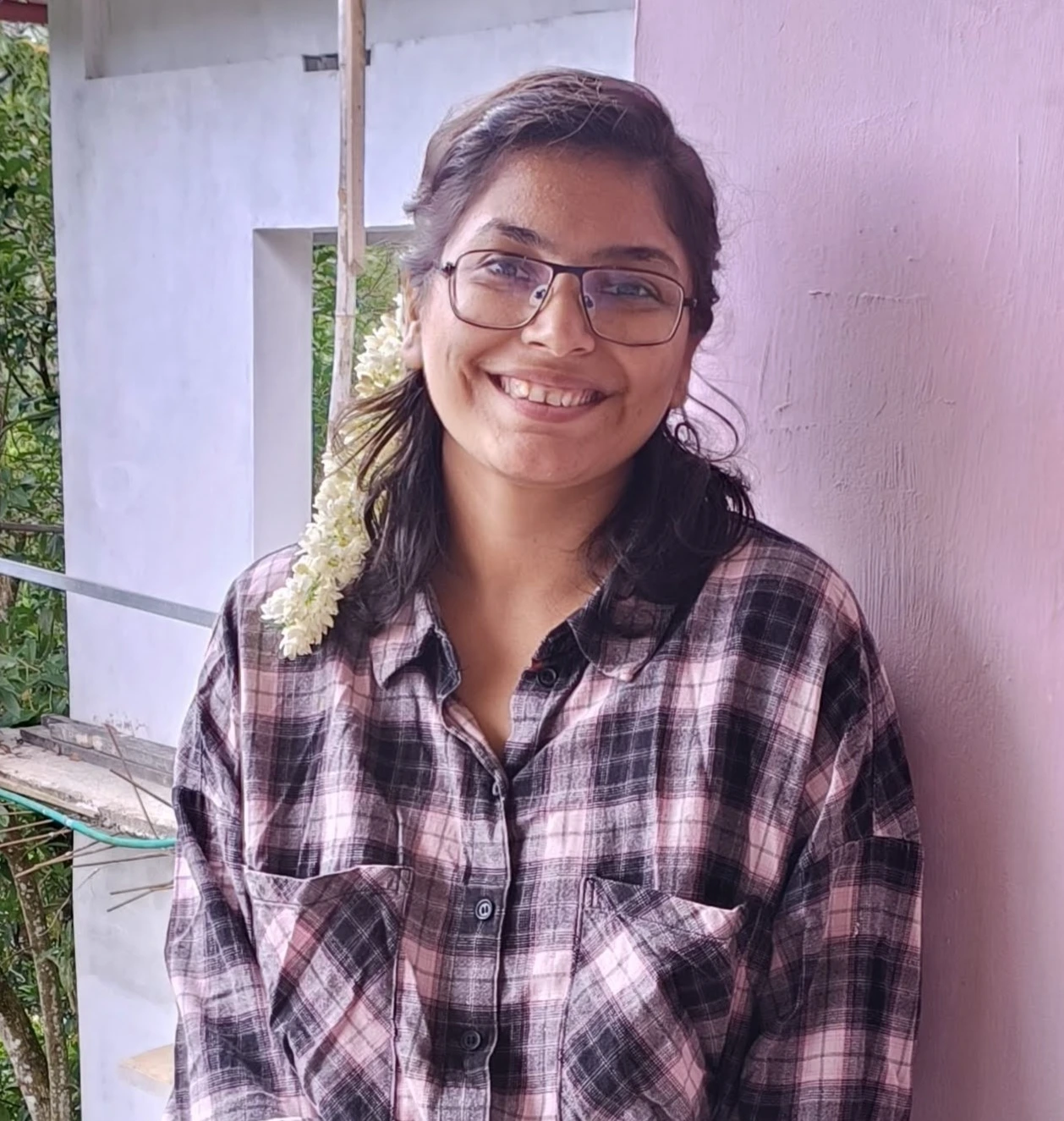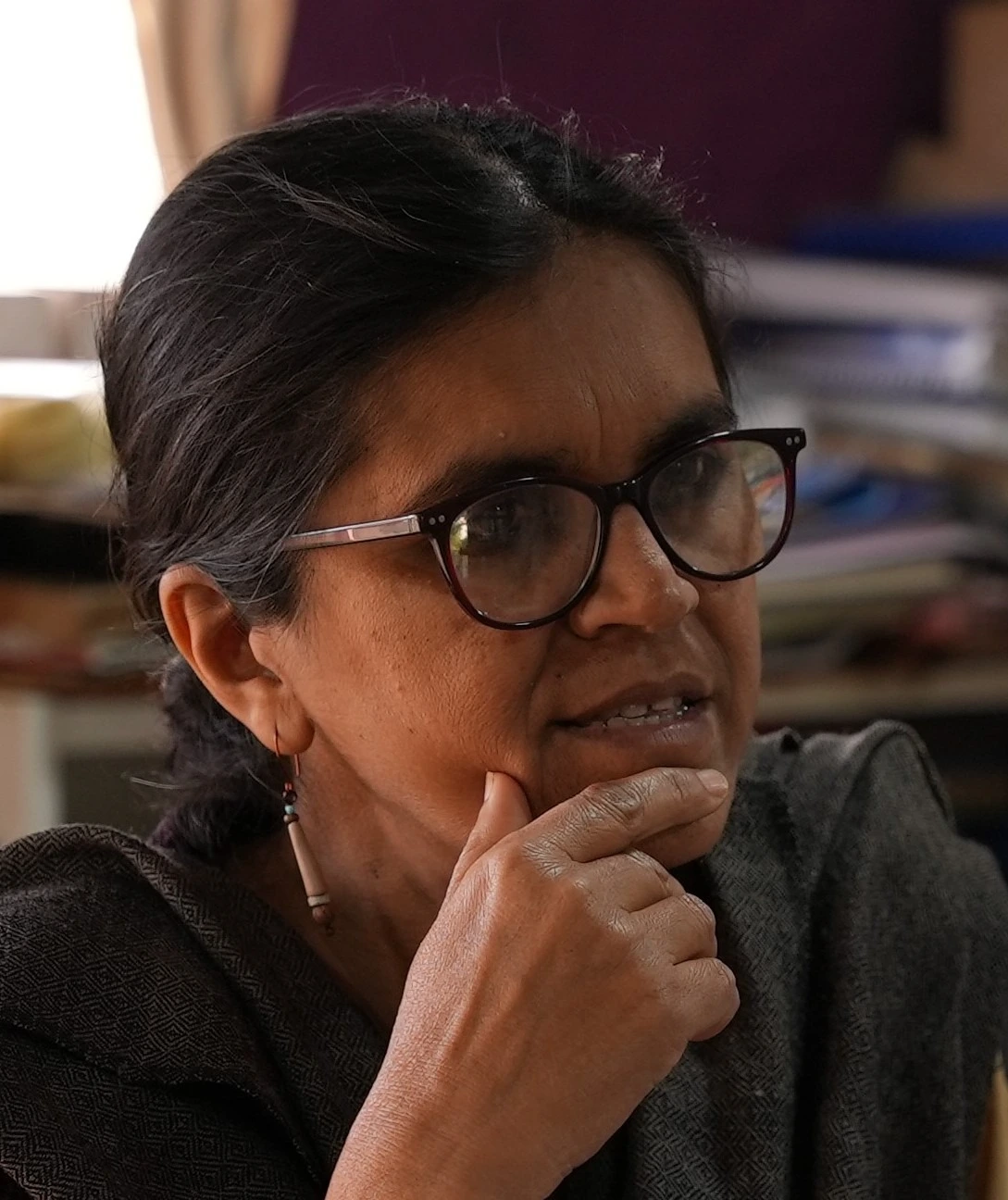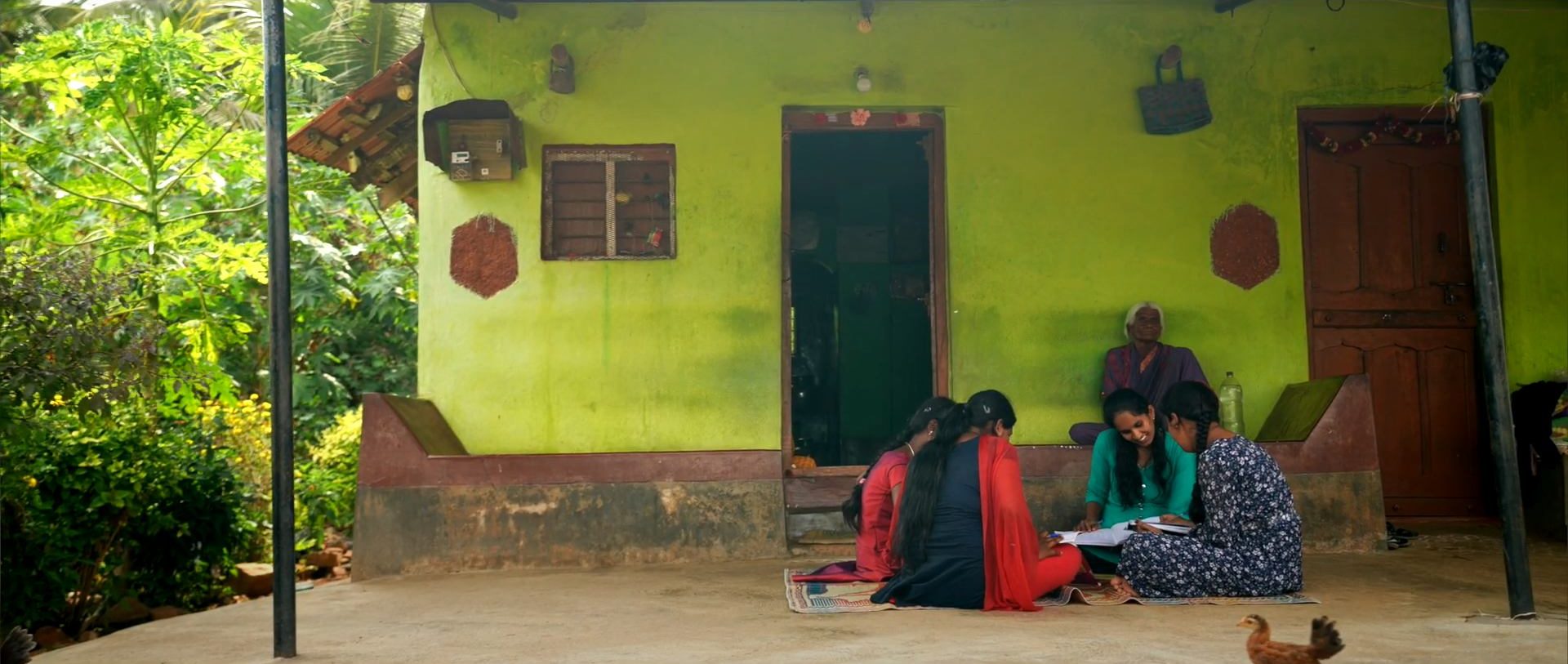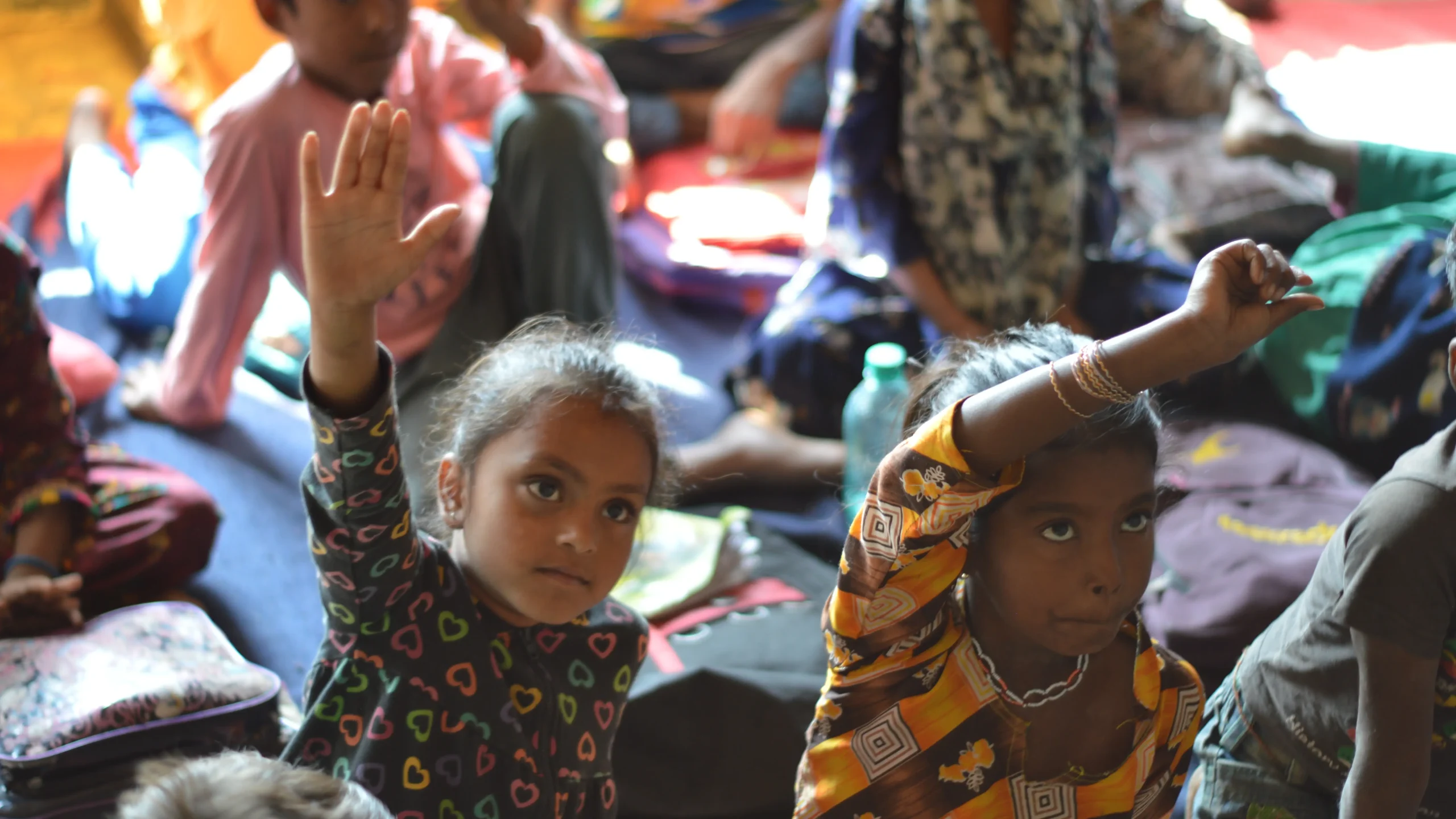Publishing in multiple Indian languages: a story full of opportunities and challenges
This article shares the experience of Eklavya in facilitating the publication of children's literature in multiple Indian languages. It also shares some key challenges of working in this space.

Over the last few years, the number of children’s books being published in different Indian languages has grown. Children, and families, now have access to many more stories in the languages they grow up with. Families can introduce literature in their home languages to their children. And everyday readers can also interact with books published in their home or neighborhood languages.
Recent education policy documents have repeatedly emphasized the importance of children getting early exposure to multiple languages. There has also been a specific underscoring of the mother tongue. National Education Policy (NEP) 2020 explicitly guides language development in schools to focus on teaching many languages and developing multilingual capacities. It says, “As… multilingualism has great cognitive benefits to young students, children will be exposed to different languages early on (but with a particular emphasis on the mother tongue), starting from the Foundational Stage onwards…” [NEP 2020, 4.12]
The National Curriculum Framework 2023 further says, “Given the wide range of languages and the richness of their cultures in India, students must be taught to understand and appreciate diversity in linguistic cultures and identities through samples of various kinds of literature from languages across the subcontinent. [NCF 2023, B.135]”
Eklavya’s experiments in multi-lingual publishing
In its publishing work, Eklavya Foundation has experimented with multilingual publishing of children’s literature in many Indian languages in the past. This includes scheduled languages like Marathi, Gujarati and Odia. It has also worked in some regional languages like Bundelkhandi, Chhattisgarhi, Malwi and Gondi, as well as in non-scheduled languages like Korku.

In the recent years, it has extended this work of publishing children’s books to languages such as Bangla, Assamese, Kannada, Telugu and Mising. Collaborating with grassroots organizations working in the spaces of education and children’s publishing has made this possible. For instance, for Bangla we partnered with Bhabook, an organization working in West Bengal on libraries and reading. For Assamese and Mising, we worked closely with Ayang Trust, a non-profit that works in education and social development in Majuli, Assam. This kind of partnership helps bring in the contextual understanding of the chosen language, and pedagogical and language expertise from the partners. Eklavya brings in the publishing and editorial aspects to the collaboration.

With Ayang, the Eklavya team worked with interested schoolteachers from The Hummingbird School. Due to Eklavya’s earlier experience of developing books with children, and by children, for children, involving some of the avid readers from the middle school classes at The Hummingbird School was an innovative and insightful experience. Multiple, extensive workshops were conducted over the course of two years. This involved the Eklavya team visiting The Hummingbird School in Majuli, and the Ayang team coming to Bhopal. This was a process of getting to know each other, arriving at a selection of books, and bringing out the nuances of gender and the script, etc., in carrying stories across languages. It resulted in a sizable bunch of 15-17 books each in Assamese and Mising being published. Interestingly, this also includes four original titles that emerged in the process with The Hummingbird School: play songs, and folktales. Encouraged by the process, Ayang Trust launched a quarterly magazine ‘Hathi-pothi’ this year.

With Bhabook, the work was a bit more streamlined. Its team had members with language and literary experience, a grip over Hindi, and extensive work in the children’s library space. Their focus has remained the library space, along with supporting development of Bangla translations. They are directly working on books. They have also taken up more focused efforts at creating a pool of resource persons for translation in Bangla. Hopefully, this continuous engagement will encourage contemporary original children’s literature in Bangla.

For Gujarati, we are partnering with ARCH (Action Research in Community Health) Trust, Dharampur. ARCH brings in pedagogic insights from their long-standing work in science and language education in government schools in and around Dharampur. They also get to the table on-ground presence and dissemination expertise in the geography.
Emergent reflections and challenges
Some key reflections have emerged from these collaborative partnerships. We share these below.
Lack of relevant children’s literature: There is a shared concern about the dearth of contemporary children’s literature. This is especially true of picture-storybooks, poems, posters, and cards, etc., in the languages.
Need for collaborations and community-building: Creating children’s literature is not a matter of individual pursuit, since it is not a literary activity alone. Our effort has been to bring literary experts and teaching/library practitioners together to co-create children’s books and learn from each other in this process. This has been a rewarding experience. Both the groups have been acknowledging the insights that the other brings and appreciating the collective effort that leads to a good book.
Perspective-building: Meeting each other and working together in groups have made possible quality discussions on all aspects related to producing children’s literature in Indian languages. These include book selection, choice of words keeping in mind children’s talk, and gender nuances that a particular language may bring. Specific challenges emerge in particular contexts. For example, a script like Mising may throw up many sounds not being common between the source and output language while translating and so on. All of this widens the horizons of schoolteachers, library educators, as well as of translators and editors alike.
Need for grounded feedback: Involvement of teaching/library practitioners gave very grounded feedback on the translations based on their experience. This makes the translation closer to the language used by children, rather than a standard version.

Flexibility and adaptability in the book/translation process: It was never emphasized that the output language, i.e. the translation, turns out exactly the same as the source language. Editorially, it was practiced that the resulting work must stand independently in that language and the context. For example, ‘So ja ullu’ (Bangla) has its own rhythm, very different from the Hindi edition; ‘Khichdi’, where the story depends on the play in the name of khichdi. Khichdi (Assamese) uses a different dish to retain the spirit of the story and contextualize it. In ‘Cheenta’, in the original Hindi poem, gender-roles are a crucial element. ‘Cheenta’ in Gujarati is a retelling of the Hindi version. However, it also takes creative liberty with the language to retain the spirit of the catchy poem, since there is no ‘cheenta’ in Gujarati, only the female-gendered word is used to denote both male and female ants. These examples point to the fact that there needs to be flexibility and adaptability in the book/translation process when it comes to children’s books.

Need for a community of resource persons for children’s literature: The need for a strong pool of resource persons for children’s literature has emerged with initial steps toward pooling the same. What emerged as important elements during various translations were: understanding of the language from a pedagogical and language-developmental perspective, and an understanding of and exposure to a diverse range of children’s literature, and sensitivity to socio-political nuances of the work.
Picture-books are expensive to make: Where mobility is slow, it is possible and feasible to sustain the production of picture-books, particularly of the cost-intensive books, when there is either grant support or bulk pre-order. Government school orders, library initiatives, and orders by trusts and private schools may be primary sources of distribution. For instance, some Gujarati big-books became possible when there was a bulk purchase request from organizations working in the library space. Despite claims of a reading culture in Bangla, distribution of children’s books for the early readers is proving to be a challenge.

Dissemination: With the creation of this pool of children’s books comes up the crucial issue of dissemination. This is seldom the collaborators’ focus area/aspiration. It sometimes appears like a chicken and egg situation–having books and tapping into the market. However, Eklavya’s three decades of experience in the children’s publishing space highlights that the books need to come first and then the dissemination can be cracked for each language! Many emerging publishers also seem to be taking this head-on. But the strain on resources appears to be immense. They are all quite overworked or juggling multiple jobs or responsibilities at the same time to sustain publishing.
Pooling of resources in collaboration: Keeping the books accessible while sustaining a pool of authors, translators, illustrators, editors, and layout-designers is an uphill battle. Translations really come in as a saving grace. Everyone (organization/publisher) doesn’t need to do everything from scratch! Manchi Pustakam, for example, has slowly but surely built a huge, diverse and super-accessible catalogue of children’s books in Telugu.
The importance of sustained efforts and support over the long-term: Eklavya’s work isn’t of the ‘one and done’ nature. Relationships persist. The nature of support, mentoring and engagement goes above and beyond the target books or strategies. Collaborations evolve and grow organically. Flexibility and openness add value. It takes hours of conversations on approaches and perspectives, in addition to technical troubleshooting, and at times, even resource support. This sort of sustained effort (albeit making sure to do a certain number of books within schedules!), and flexibility in the working relationships, may enable an emerging ecosystem in language publishing for children.
In conclusion
Eklavya’s publishing endeavor is fundamentally not that of a commercial publisher. The primary objective remains affecting change in education by center-placing contextual and lived realities in pedagogic practice, curriculum and material available to people across ages, with a focus on government schools and marginalized communities.
In the journey of multilingual publishing of children’s literature, the collaborating organizations so far have been those who mostly work in education and are not strictly publishers. The starting points and aspirations of each differ quite a bit. However, they are connected by the need to make sensitive and contextual children’s literature accessible in their respective languages. It remains to be seen how partnerships with independent publishers, particularly emerging ones, pan out given the market dynamics, the diversity of the age-groups in focus, and varied aspirations.




No approved comments yet. Be the first to comment!